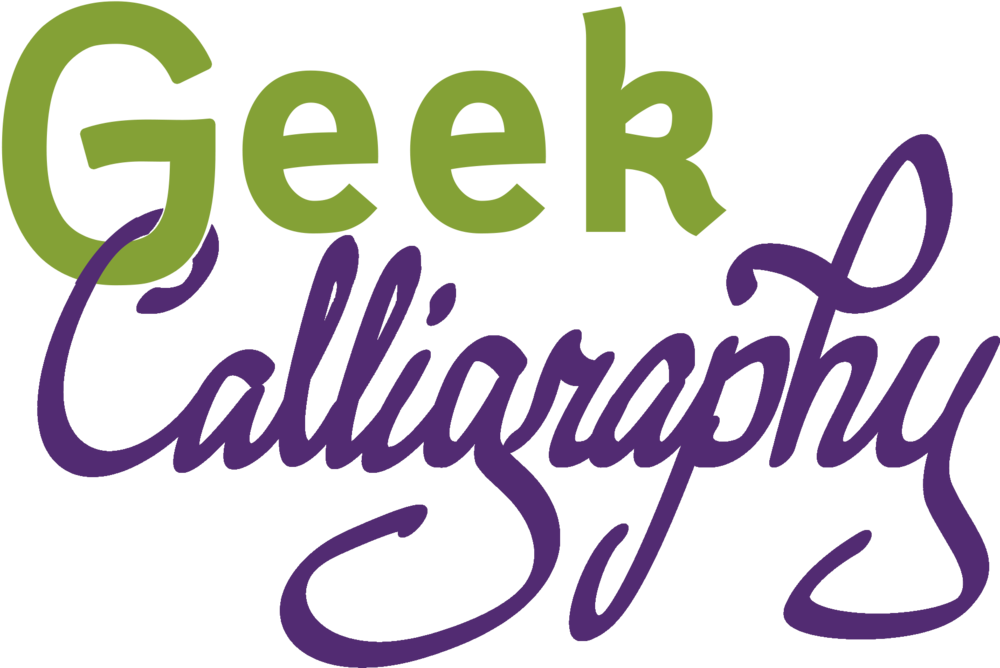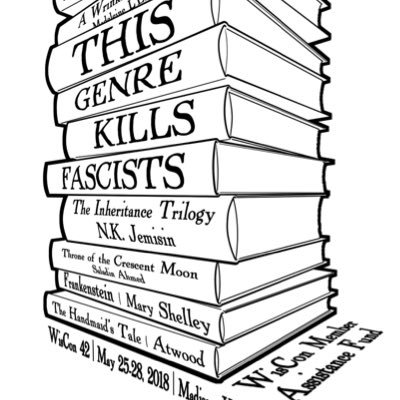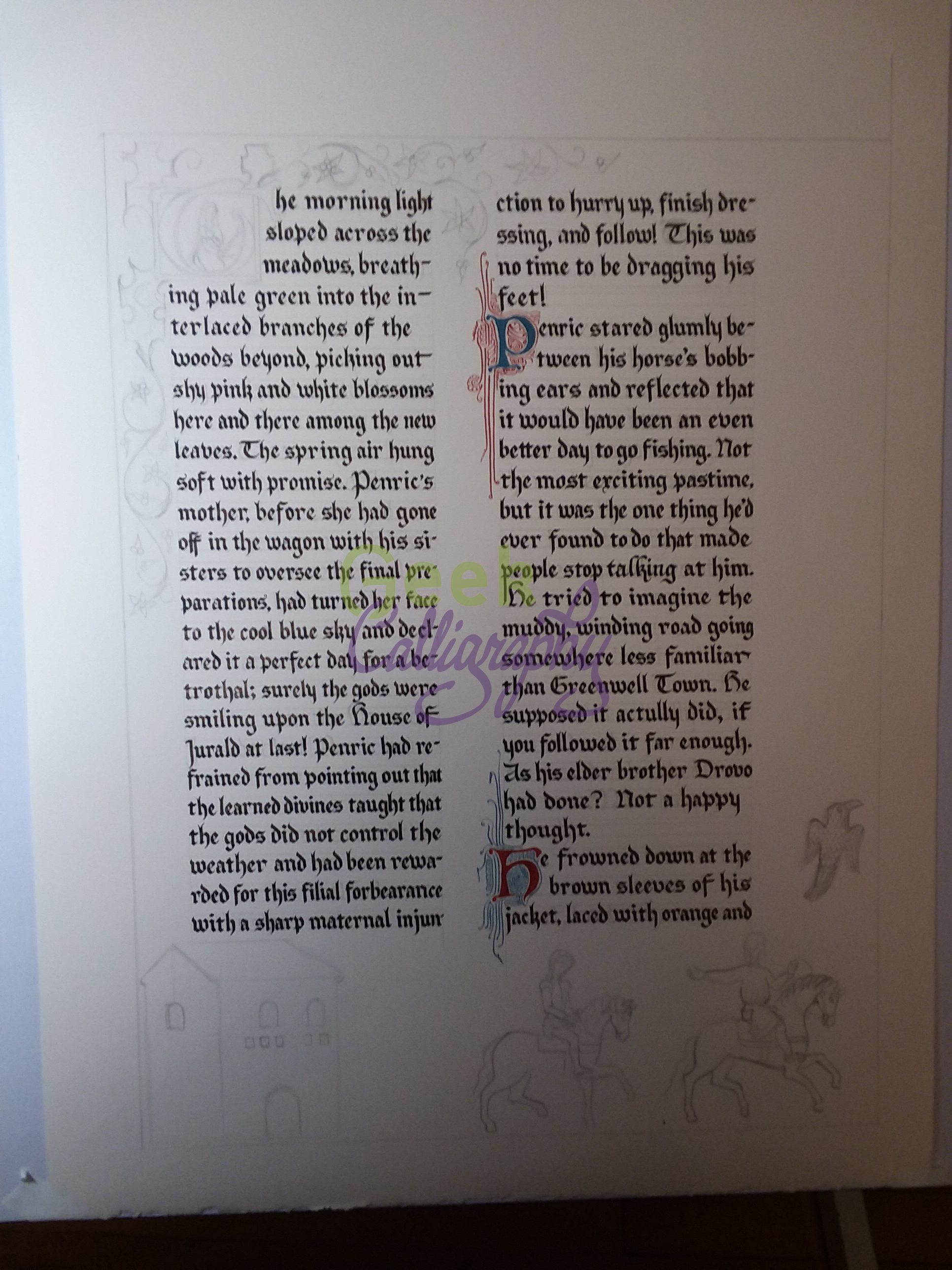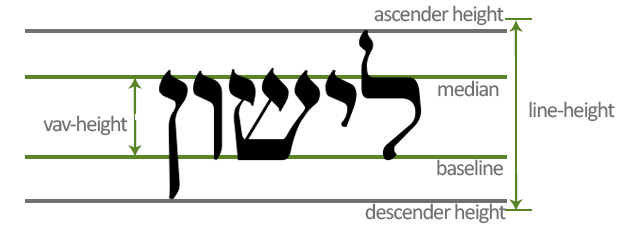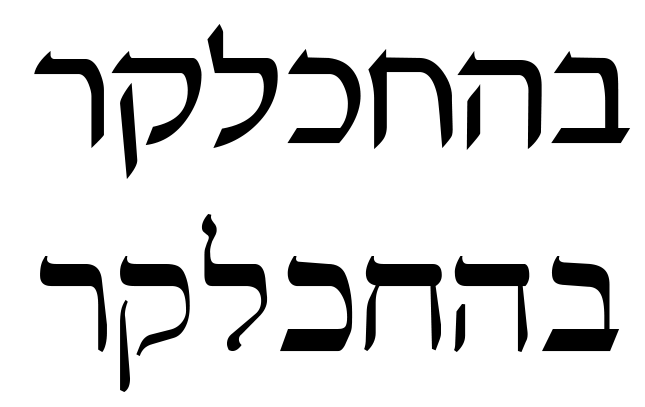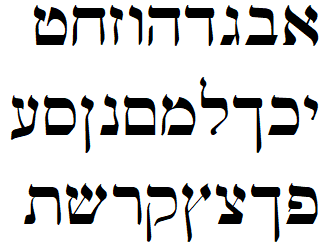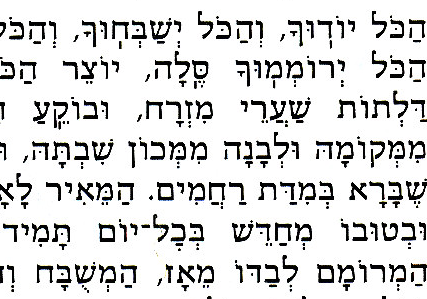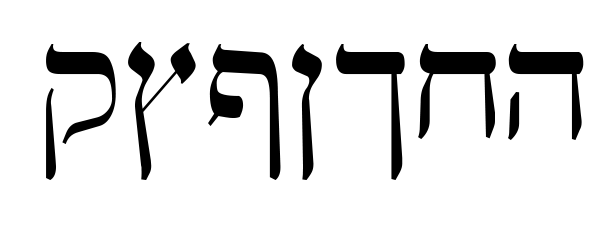by Terri and Ariela
It's Memorial Day this weekend, which means that we're off to WisCon!
Per usual, art will be in the art show. It will be a small subset of what we have on the website, but there will be lots of everything we bring, including an early opportunity to buy the June product release (it's a new sticker with completely new art).
The art show will open on Friday evening with a reception from 6:00 to 7:30 PM and we will both be there. Look for the ladies wearing green and purple and chances are you've found us!
Also, for the first time ever, we'll be on a panel together! Two, in fact!
Ariela's Panel Schedule
Friday, 1:00 PM: The Care And Feeding Of Artists
Room: Conference 5
Follow on Social Media: #CareFeedingArtists
Are you a creative? Are you partnered to an artist? Do you manage an artist professionally? Come and talk about management strategies, how to keep yourself and/or your artist from burning out, and learning how to Outsource Things You Are Bad At.
(Ariela will moderate this panel.)
Saturday, 9:00 PM: The Best Laid Plans Of Mice: Immigration, Persecution, The 1%, And Found Family As Told By The Mousekewitzes
Room: University B
Follow on Social Media: #Mousekewitzes
Most of us remember Feivel Mousekewitz, a Russian Jewish mouse who emigrated to the United States in 1885 with his family, all fleeing religious & political persecution, They heard wondrous stories of life here, only to find America has its own problems. In our current political climate, many issues are relevant again: immigration, treatment of workers, distribution of wealth, police brutality, xenophobia. These films do a great job of tackling tough but important issues for a young audience, a task that children's films in the last decade have ignored. At the same time, Yasha's relief that "In America, you can say anything" sails over the heads of young viewers. These films also portray Judaism as a religion and a culture, without tokenization.
Sunday, 1:00 PM: Uncommodifying Culture
Room: Conference 5
Follow on Social Media: #Uncommodify
So much culture is owned by corporations that it's difficult/impossible to imagine successful authors, filmmakers, musicians, animators, or others who aren't paid via a contract with a major publisher, studio, or production company. Is there an alternative to that? Do cultural "properties" (lol) have to be old in order to truly be shared? If I spend the afternoon thinking about Mickey Mouse, does Disney own the inside of my head?
Monday, 8:30 AM: You Are (Probably) Not As Progressive As You Think You Are
Room: Assembly
Follow on Social Media: #NotProgressive
Socially progressive movements are increasing in popularity. So much so that it's become harder to discern who is in the fight for real, and who is just going through the motions, checking off more and more proverbial boxes in order to appear to be a good person. During this panel, we will talk about how to spot and address those people who fall into the latter category, as well as our own respective socio/political/economic stances and how they've evolved. Because no one is perfect.
Terri's Panel Schedule
Friday, 1:00 PM: The Care And Feeding Of Artists
Room: Conference 5
Follow on Social Media: #CareFeedingArtists
Are you a creative? Are you partnered to an artist? Do you manage an artist professionally? Come and talk about management strategies, how to keep yourself and/or your artist from burning out, and learning how to Outsource Things You Are Bad At.
(Terri suggested this panel.)
Saturday, 9:00 PM: The Best Laid Plans Of Mice: Immigration, Persecution, The 1%, And Found Family As Told By The Mousekewitzes
Room: University B
Follow on Social Media: #Mousekewitzes
Most of us remember Feivel Mousekewitz, a Russian Jewish mouse who emigrated to the United States in 1885 with his family, all fleeing religious & political persecution, They heard wondrous stories of life here, only to find America has its own problems. In our current political climate, many issues are relevant again: immigration, treatment of workers, distribution of wealth, police brutality, xenophobia. These films do a great job of tackling tough but important issues for a young audience, a task that children's films in the last decade have ignored. At the same time, Yasha's relief that "In America, you can say anything" sails over the heads of young viewers. These films also portray Judaism as a religion and a culture, without tokenization.
Sunday, 2:30 PM: SyFy's Leading Women - An Exploration Of Women Protagonists In SyFy's Current Lineup
Room: Conference 5
Follow on Social Media: #SyFyLeadingWomen
The programming on the SyFy Channel has had its ups and downs, but today it is giving us something missing from the offerings of many other channels: a diverse array of women as protagonists. From Killjoy's Dutch to the title characters in Wynonna Earp and Van Helsing, SyFy programs let us see these women as fully-realized characters, and not just the secondary story to the leading man. This is a panel to discuss what SyFy is doing right with its leading women, as well as where it still has room for improvement.
Monday, 8:30 AM: Comic Books On Screen
Room: Conference 4
Follow on Social Media: #ComicsOnScreen
Marvel and DC are currently battling it out on both the big and small screens for dominance with multiple movies coming out yearly, as well as new shows on various networks and streaming sites. There are also multiple shows on SyFy based on comics, as well as The Walking Dead and Comic Book Men series on AMC; Riverdale, which is based loosely on the Archie comics characters; and Amazon Prime has picked up a revival of The Tick. Let's dig in and discuss these tv and movie adaptations. Are we getting enough representation? Which shows and films are doing better, and which worse?
We will also be attending the Dessert Salon and the GOH speeches.
We hope to see you there!
